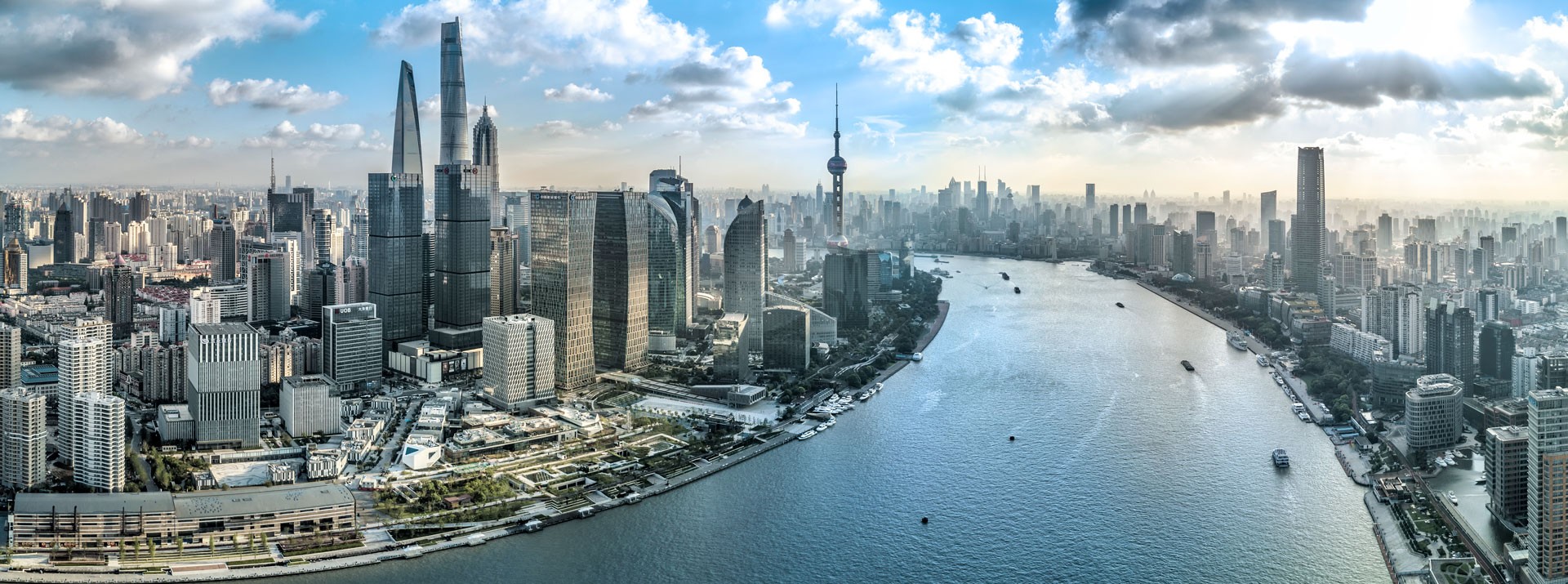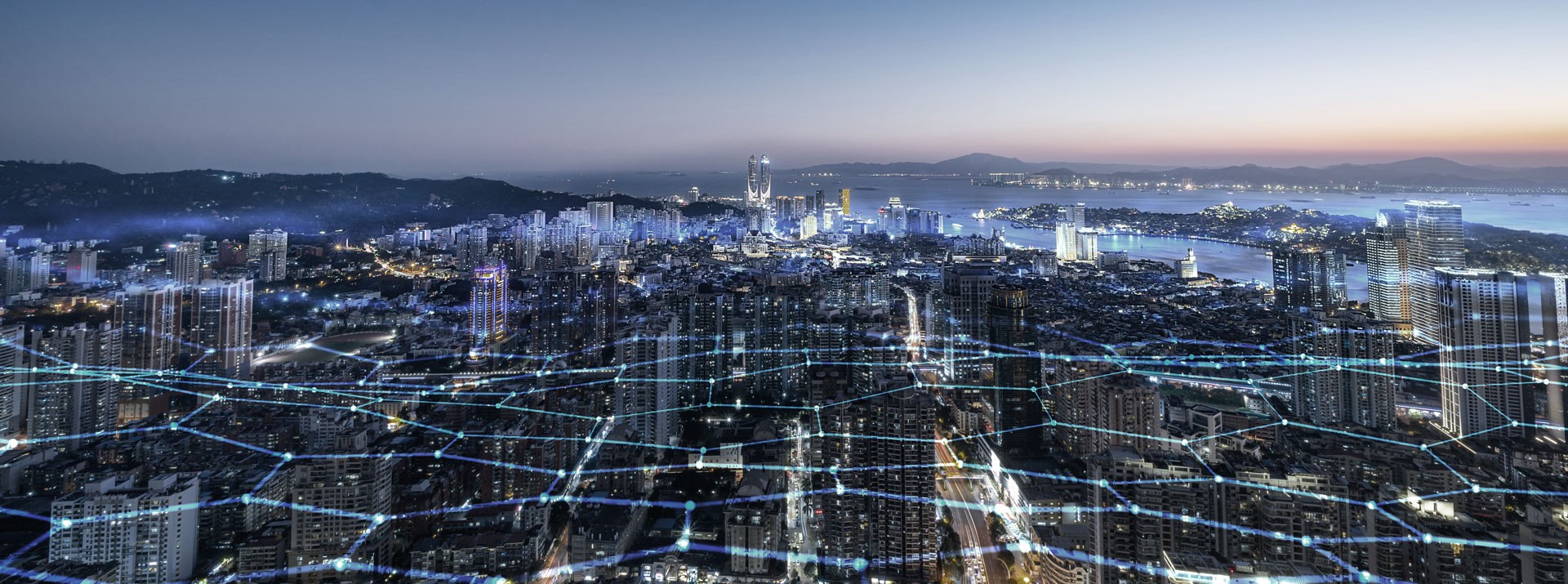Human populations continue to grow, but our planet’s resources are finite. If we don't rethink the way we do things, urban traffic alone will cause an environmental disaster in the foreseeable future. But how will we travel from A to B without damaging our environment? And how can we transport goods with due respect for nature and ecosystems? Dr. Jürgen Wilder, member of the Knorr-Bremse Group’s Executive Board, is also troubled by these issues. We talked to him about sustainable plans for future transportation and braking.
Info
This interview first appeared in the Themenbote supplement published by German business daily Handelsblatt: “Schienenverkehr – die Weichen der Zukunft” (Rail transportation – on track for the future).
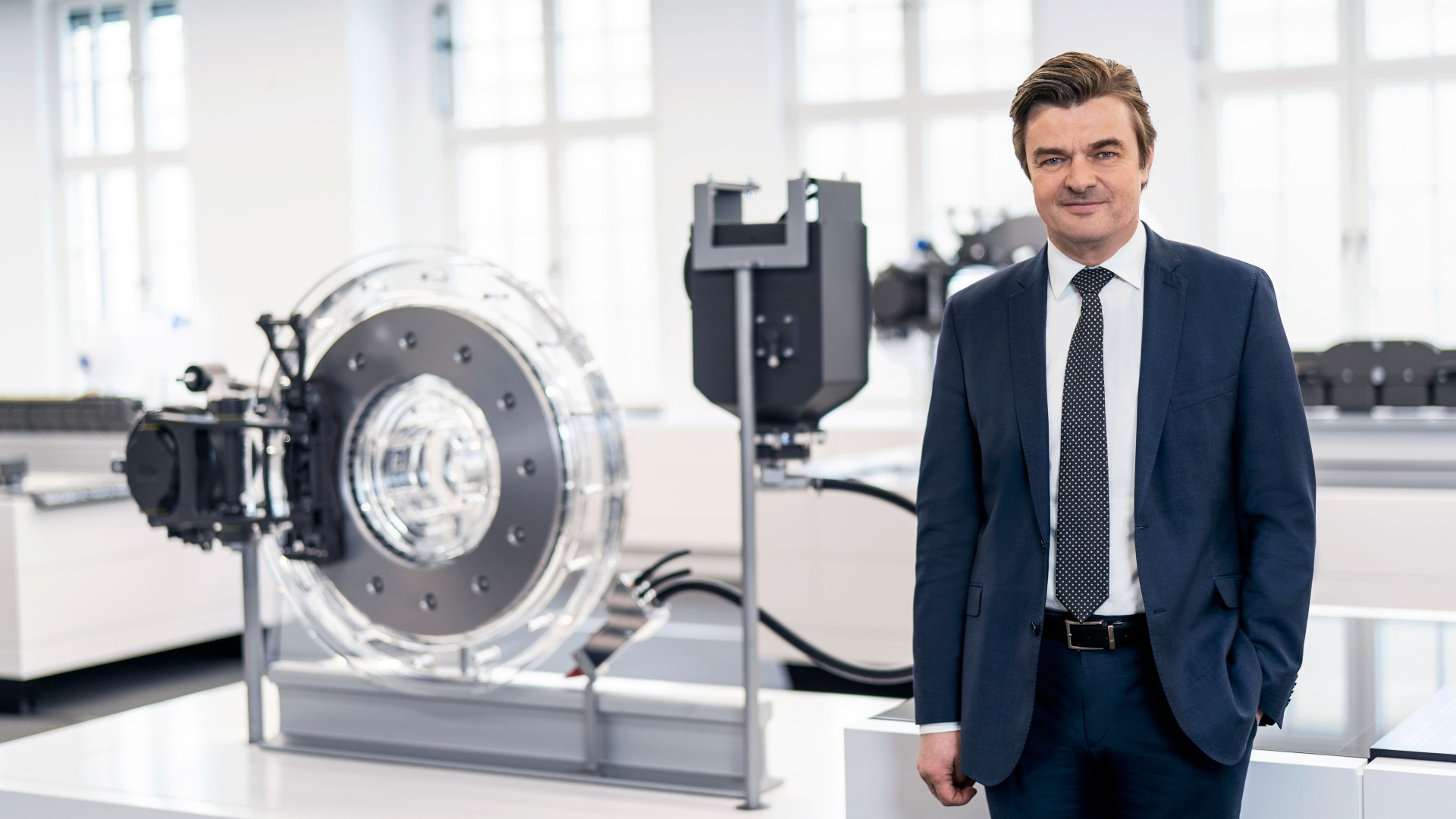
Dr. Wilder, climate change requires new solutions covering all aspects of society. How will this affect our mobility?
Well, climate targets have been set, so by 2030, CO2 emissions should be 55 percent lower than in 1990. We’ve already taken steps in this direction, but mobility is clearly lagging behind. Take freight transportation, for instance. Essentially, there are two climate-friendly modes of transportation: by rail, and by inland waterway. The latter is even more eco-friendly than rail, but also more limited just by the way it works. But if we look at the modal split – that is, the distribution of traffic across different modes of transportation – we find that in Europe, less than 20 percent of total freight traffic travels by rail, while more than 70 percent travels by road. That isn’t going to bring down emissions. If we really want to reduce CO2 emissions in the mobility sector, we must take full advantage of rail by investing in it – for transporting both goods and passengers. Plans are being made for this, in the EU as well. There’s the Green Deal, and 2021 is the Year of Rail. But what we really need is sustained political will. I believe focusing investment on the rail sector is the right way to go, because that’s how we can combine much-needed economic growth with climate action.
What about electric mobility, which is just starting to gain impetus?
Yes, electric mobility is helping, but there are limits to its development. Of course we need sustainable transportation systems, and maybe someday we’ll all be whizzing from A to B along giant vacuum tubes. But the rail infrastructure is already established, and we should make the most of it. It’s always expensive and time-consuming to build something from scratch. And why should we, if existing structures will get the job done? If rail didn’t already exist, I’m sure Elon Musk would invent it – he’d be laying parallel steel rails across every continent! (Laughs.)
In this case, Musk is too late – for once. But how can we make rail fit for the future?
A great starting point would be to increase throughput – transportation capacity, if you will. To do this, we need new technologies and more digitization. This is especially true in Germany because passenger and goods trains share the same lines. The solution is twofold: state-of-the-art train control systems on the one hand, plus new braking technologies on the other. By combining the two, we can increase the frequency of train services. The key issue here is braking distance. In the high-speed sector, you’re looking at braking distances of several kilometers, while commuter and suburban trains need 600 to 800 meters.
So the shorter the braking distance, the higher the train frequency; the higher the frequency or throughput, the more sustainable rail becomes – because more people and goods can travel by rail?
Exactly. At Knorr-Bremse, we’re developing a technology that should enable us to achieve shorter braking distances. I’m talking about reliably reproducible braking distances that can be achieved in all ambient conditions – even in the fall, when wet leaves on the line multiply braking distances by a factor of two or three. Safety is our top priority; that’s what our brand is all about. In the future, Knorr-Bremse’s brake architecture could improve train throughput by 20 to 25 percent. But we also have other solutions for achieving the same thing, such as our train entrance systems. If a train door fails, passengers who want to disembark must make their way down narrow corridors to the next door. This considerably delays the whole boarding and alighting process, which in turn reduces throughput. That’s why entrance systems must be reliable – so Knorr-Bremse has developed a digital advance-warning system that can predict timeframes for probable door failures. By telling me, for example, that I have 50 opening and closing cycles left before a door fails, the system gives me time to respond accordingly. It can also measure how full each rail car is and let passengers know before they board. As for freight trains, they’ve been waiting for digital automatic couplers for far too long. The idea of automatic coupling was considered 50 years ago, and unfortunately discarded. As a result, the physically demanding work of coupling together freight cars is still done by hand. Now Knorr-Bremse is developing an automatic coupling system that will make the whole process easier and faster. But rolling out this system across the entire freight rail sector needs the kind of investment I mentioned earlier, because the cost is too high for individual rail operators.
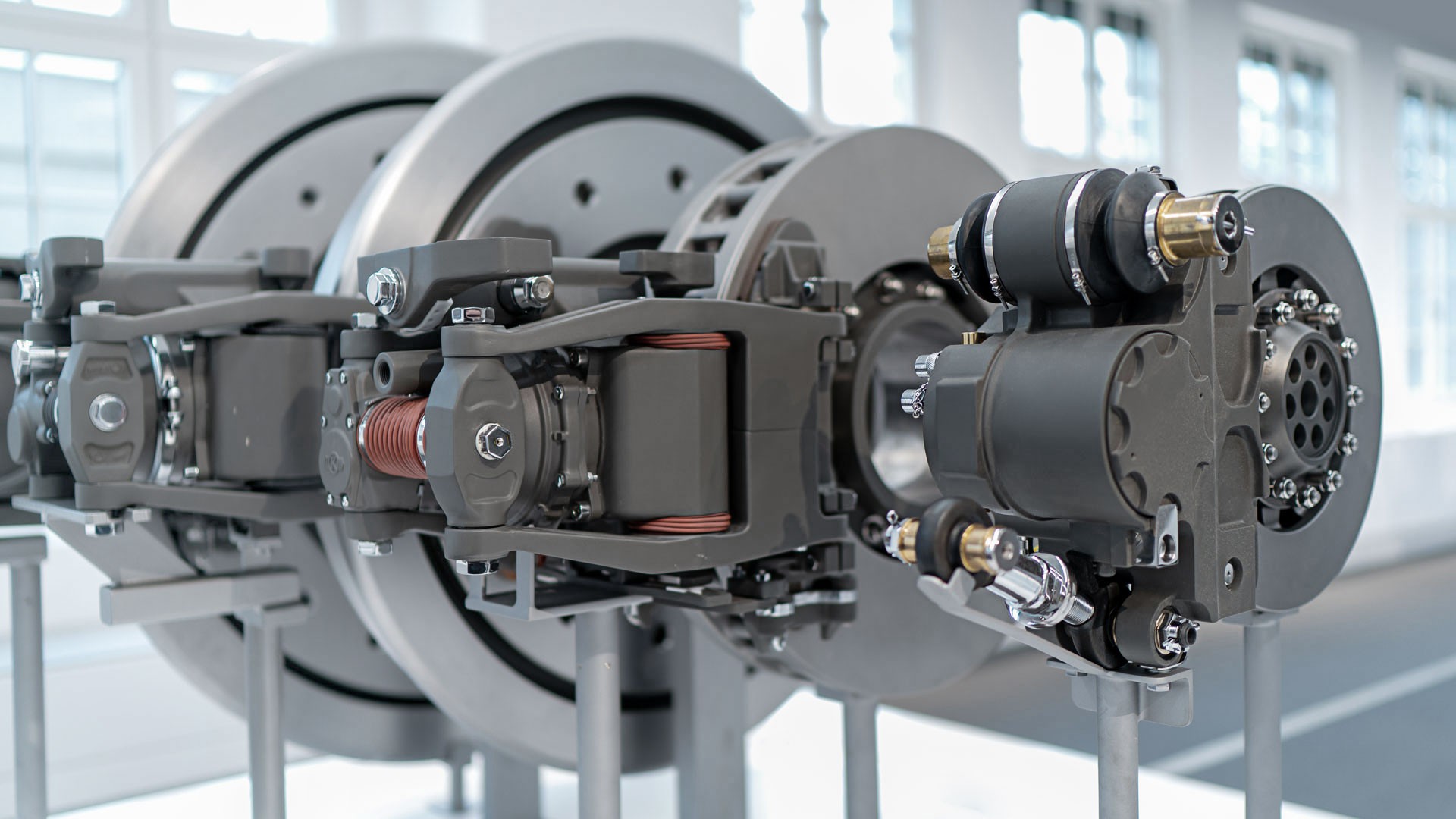
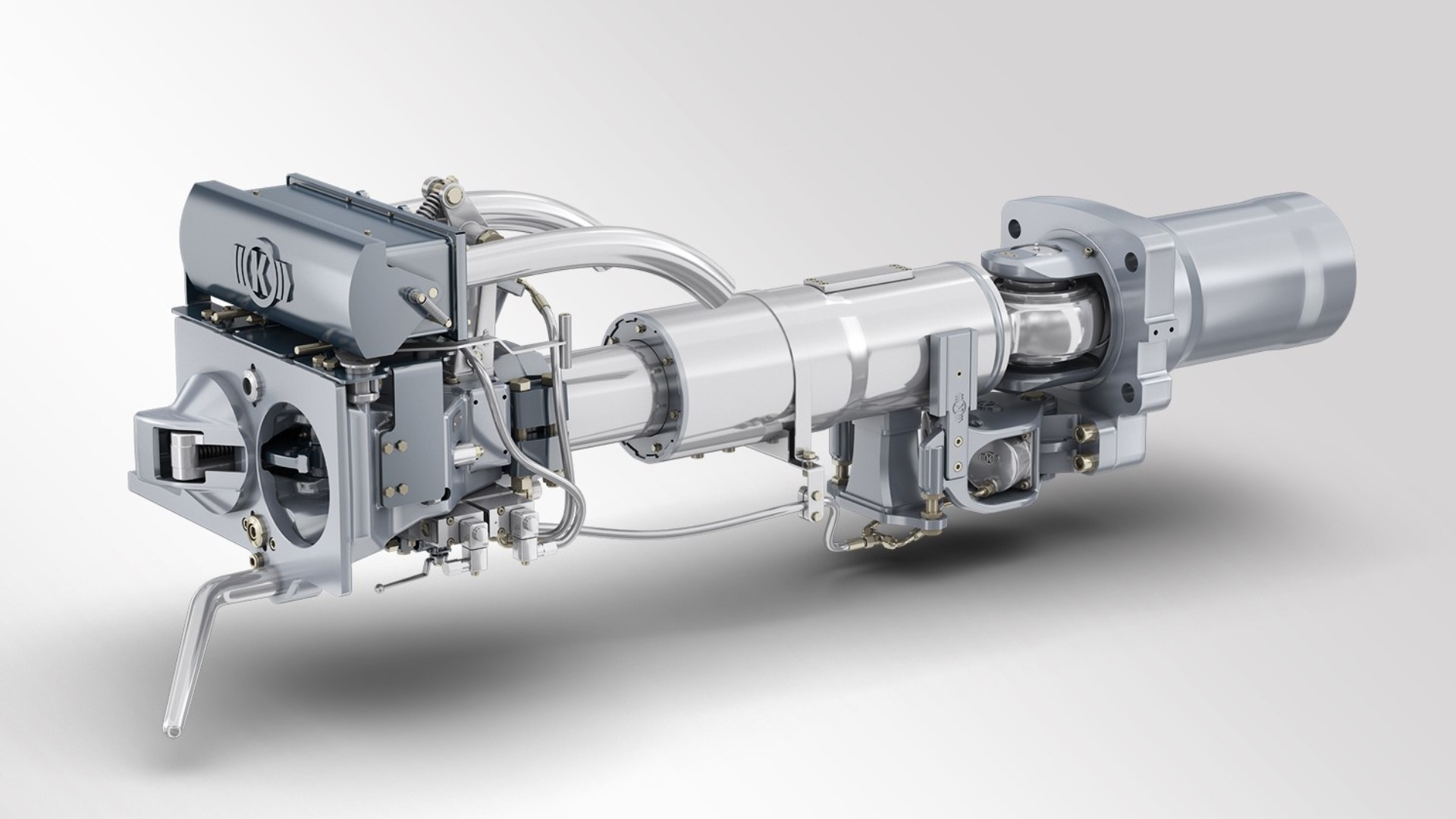
By today’s standards, you’d think such technologies would already be fitted as a matter of course. Why aren’t they?
In many countries, rail transportation has been neglected for decades, whereas road transportation has been encouraged and subsidized. As a result, if you ship goods across Europe, trucks can go wherever they like, whereas trains must fulfill all kinds of requirements. For example, locomotives must be able to recognize when they’ve crossed a border and use a new control system. And because each country has differing requirements, they must be fitted with all the relevant train control systems. Train drivers must also meet high expectations, such as having a basic grasp of each country’s language – not something truck drivers need to have. And then there are the technical aspects, such as the manual coupling issue we’ve already discussed whenever trains need to be reconfigured.
So what’s the roadmap for mobility in general?
By 2050, around two-thirds of humanity will live in cities. If everyone continues to drive their own cars, then environmental disaster is inevitable. We need other solutions for safely transporting large numbers of people. Subway systems, for example, are characterized by high throughput. But subway trains don’t stop at your front door, so you need connecting solutions such as bicycles or autonomous vehicles such as shared taxicabs or carshares. Smart route-planning systems could support this kind of networked mobility. The same applies to goods traffic. If we used rail as the backbone for smart coordination of multiple modes of transportation, we could all remain sustainably mobile.
